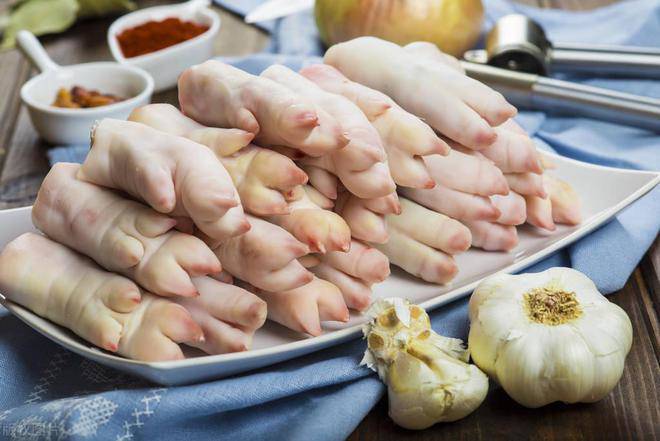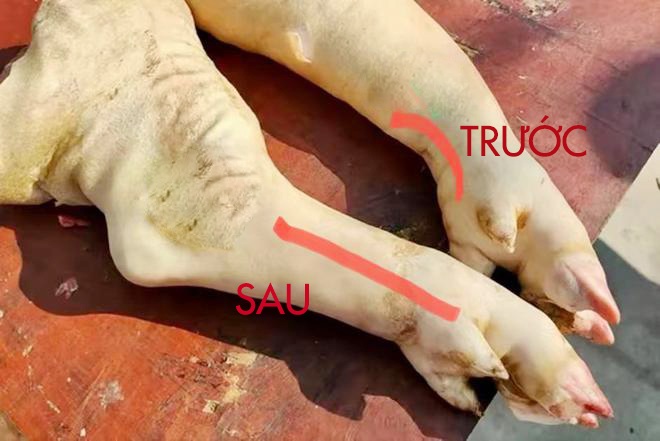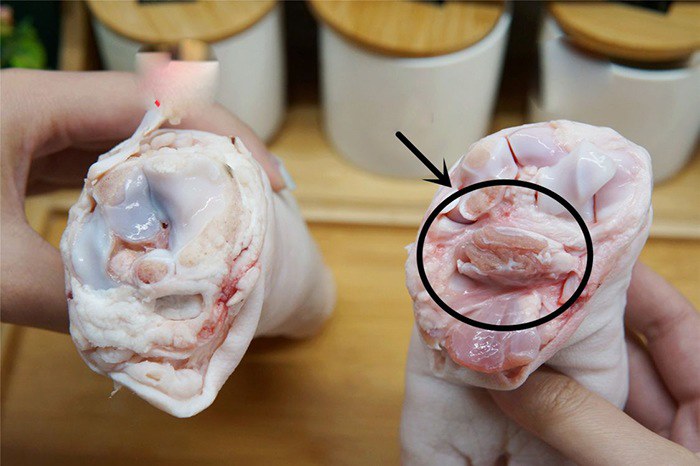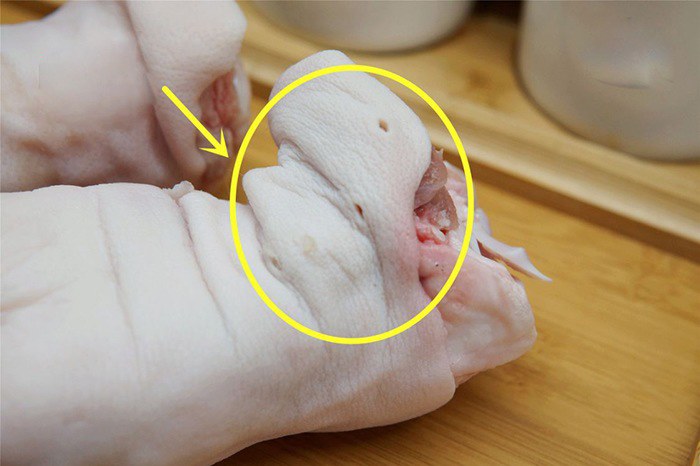
A pig has four trotters, with two front and two rear feet. Many people prefer the front trotters as the meat tends to be sweeter and more tender, with plenty of crunchy tendons to chew on. However, when it comes to shopping for trotters, distinguishing between the front and rear feet can be tricky. So, to avoid any confusion, take a look at these tips on how to tell them apart.
Observe the curvature
The front trotters of a pig bear more weight and thus appear more curved, while the rear trotters bear less weight and are generally straighter. This is because they have a supportive function, and so the rear trotters of a pig are typically less curved than the front ones. You should be able to spot this difference instantly when buying pork trotters.

Examine the cross-section
In addition to noticing the curvature, take a look at the cross-section of the trotter. Front trotters have more tendons, while rear trotters lack prominent tendons.
When purchasing trotters, you can hold one up and check if you can see a tendon as thick as a coin on the cross-section. If you do, it’s a front trotter; if not, it’s likely a rear one. However, some people argue that this method may not always be accurate, as the seller might have removed the tendons from the front trotters and sold them separately. So, it’s best to rely on other distinguishing features as well.

Look for holes on the trotter
Examine the trotter for the presence of seven small holes. If you spot these holes, it indicates that the trotter is from the front leg, as these holes typically form at the joints of the pig’s front legs. It is believed that these holes develop over time due to the curvature of the front legs, which causes the hair follicles to enlarge, allowing dirt and grime to accumulate and eventually form these small holes. These holes only become visible once the outer hair is cleaned or removed during preparation.

Good luck with your shopping!































